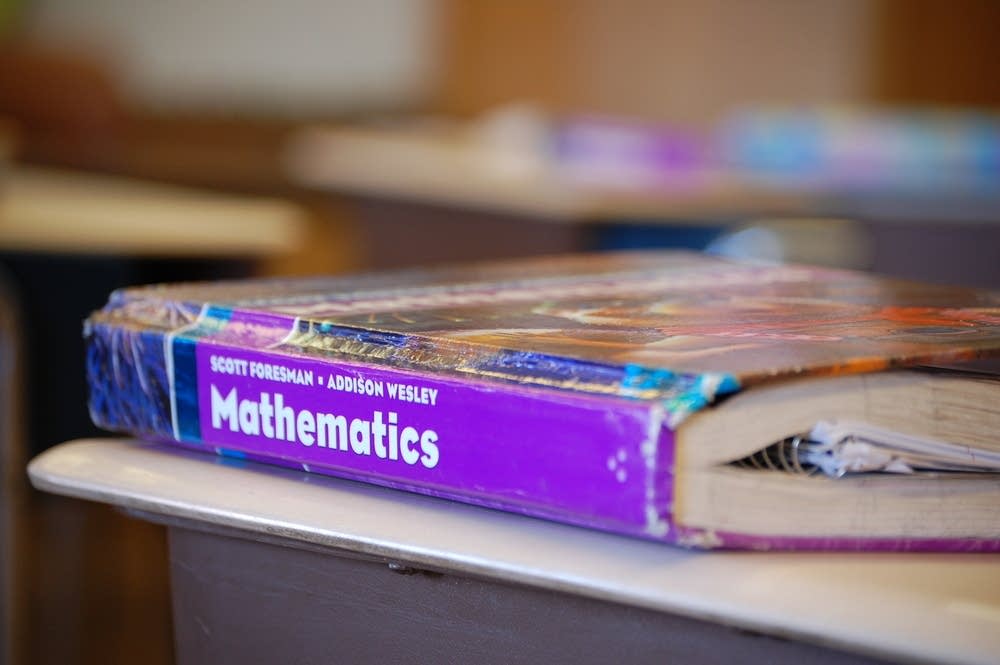Algebra I ConceptsAssessment StrategiesCourseworkInstructional DesignITL526 Single Subject Integrated Design INational University
Tracking Student Learning
From our Week One Assignment, we...

CourseworkEducation and Teaching StrategiesITL526 Single Subject Integrated Design ILesson Planning and AssessmentNational UniversityStudent-Centered Learning
Knowing Your Learners
Knowing your students and their needs...

ALgebra ICourseworkEducational AssessmentITL526 Single Subject Integrated Design IMathematics EducationNational University
Assessing for Mastery of a Standard
In our discussion this week, we...

CourseworkCurriculum DevelopmentDiversity, Equity, and Inclusion (DEI) in EducationITL526 Single Subject Integrated Design IMathematics EducationNational University
Getting to Know Your Standards
“To create a curriculum that supports...

Algebraic LearningCourseworkCreative EducationInclusive TeachingITL522 Content Area LiteracyNational University
Creative Algebra: Engaging Students with Hands-On Learning Experiences

Assessment and FeedbackCourseworkInstructional StrategiesITL522 Content Area LiteracyLanguage DevelopmentNational University
Learning Map – Stage 4 Apply
Essential Question How will you apply...

Assessment and RubricsCourseworkITL522 Content Area LiteracyMathematics EducationNational UniversityTeaching Strategies
Enhancing Writing in Mathematics

Assessment and FeedbackCourseworkEducational StrategiesITL522 Content Area LiteracyNational UniversityStudent-Centered Learning
Learning Map – Stage 3 Analyzing Student Work Reflection on Instruction and Learning
Essential Question How does the candidate...

Algebra in Real LifeCourseworkHistorical MathematicsITL522 Content Area LiteracyNational UniversityProblem-Solving Skills
Argumentative Writing in Mathematics
As content literacy teachers, we can...

CourseworkITL522 Content Area LiteracyLiteracy and ComprehensionMathematics EducationNational UniversityTeaching Strategies
Informational Text in Mathematics
Utilizing challenging pieces of text in...

Assessment and EvaluationCourseworkEducational Strategies and TechniquesInclusive and Differentiated LearningITL522 Content Area LiteracyNational University
Learning Map – Stage 2: Word Problems
Knowing our students is the key...

Assessment StrategiesContent Area LiteracyCourseworkITL522 Content Area LiteracyNational UniversityTeaching Techniques
Content Area Literacy Assessment Strategies
Introduction Content area teachers can assess...